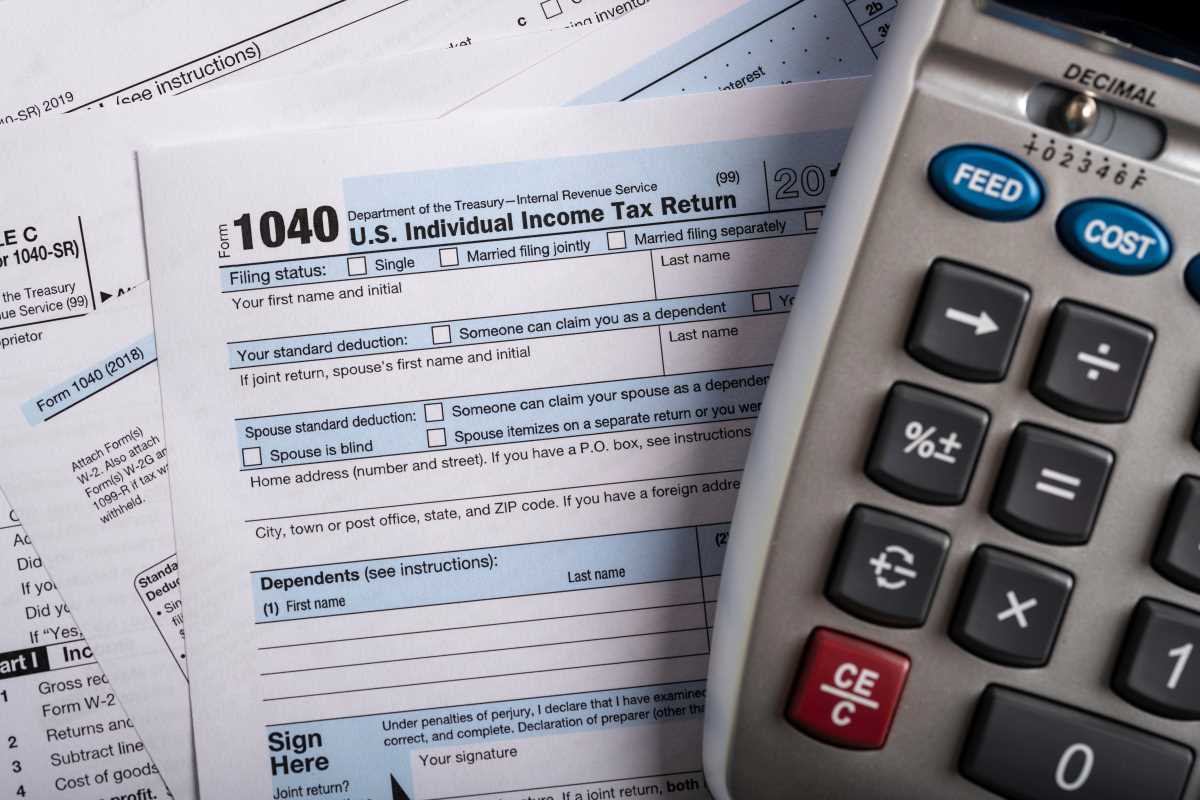Living in high-cost cities can be an exciting experience with endless opportunities, cultural diversity, and thriving job markets. However, these cities come with their own set of financial challenges. Managing money in cities like New York, San Francisco, or London requires careful planning and smart strategies, from exorbitant rent to inflated grocery bills and transportation costs. While the high cost of living may seem daunting, there are ways to navigate it effectively and maintain a healthy financial balance. This article outlines several strategies to manage money in high-cost cities, helping individuals make the most of their earnings while maintaining a comfortable lifestyle.
1. Create a Strict Budget
The first and most crucial step in managing money in a high-cost city is to create a detailed budget. This allows you to track income and expenses, helping you avoid overspending and identify areas for improvement. A budget should account for:
- Housing Costs: Rent or mortgage payments are typically the most significant expense in a high-cost city. Aim to keep your housing costs at 30% of your monthly income or less. If this isn't feasible, consider downsizing, relocating to a more affordable neighborhood, or finding roommates.
- Utilities and Bills: Don't forget about utilities like electricity, water, internet, and cell phone plans. Bundle services or shop around for better deals to lower these costs.
- Groceries and Dining Out: Food costs can be high, so it’s important to meal plan and prepare meals at home as much as possible. Dining out occasionally is fine but keeping it in check will save you money.
- Transportation: Depending on the city, this could include public transit fares, car payments, insurance, or ride-sharing services. Evaluate whether you need a car, as public transport or biking might be a more affordable and practical choice.
2. Downsize Where Possible
Living large might be appealing in high-cost cities, but it is often not financially sustainable. Downsizing in key areas can free up cash for savings and other financial goals.
- Housing: Consider moving to a smaller apartment or choosing a less expensive area. If you're renting, explore neighborhoods that offer similar amenities but lower rent. Many high-cost cities have up-and-coming areas with lower rents, but the quality of life remains high.
- Subscriptions: It's easy to accumulate multiple streaming services, subscription boxes, or other non-essential monthly expenses. Review these costs regularly and cancel anything you don't use or can live without.
3. Embrace Public Transportation
Transportation costs can add up quickly, especially in cities where parking is limited and expensive. Public transportation offers a significant opportunity to save money. Cities like New York, London, and Paris have extensive metro systems that are more affordable than owning and maintaining a car.
- Commuter Passes: Many cities offer discounted monthly passes for regular commuters, which can save you money compared to buying single tickets every day.
- Biking and Walking: If your commute or errands are within walking distance, this can be a great way to save money and stay fit. Many cities are becoming more bike-friendly, providing bike-sharing programs that are often cheaper than other modes of transport.
4. Cut Back on Dining Out
Eating out in high-cost cities is often more expensive than cooking at home. While dining at trendy restaurants is tempting, consistently eating out can quickly drain your budget.
- Cook at Home: Meal prepping and cooking at home will save you money and allow you to experiment with cheaper ingredients. Batch cooking is an efficient way to reduce food waste and have meals ready for busy weeks.
- Limit Expensive Restaurants: When dining out, opt for more affordable spots, such as local eateries or street food, instead of high-end restaurants. Take advantage of happy hours or lunch specials, where meals can be cheaper.
- Take Advantage of Food Delivery Discounts: If you enjoy food delivery, look for discount codes, apps that offer cashback, or subscription services that give you access to affordable meal kits.
5. Maximize Your Income
Earning more can help offset a city's high living costs. Seek ways to increase your income to better manage your expenses and financial goals.
- Side Hustles: Freelancing, consulting or even part-time work can greatly supplement your primary income. High-cost cities often provide abundant freelance opportunities in industries like tech, writing, design, and marketing.
- Invest in Skills: Investing in higher education or training can increase your earning potential. Look for career advancement opportunities that allow you to move up in your company or seek higher-paying positions in the market.
- Negotiate Your Salary: Consider negotiating your salary if you’re already working in a high-cost city. Research the average pay for your position in that city and make a case for why you deserve a raise, especially if your current salary is below average.
6. Use Technology to Your Advantage
The rise of financial technology has made it easier than ever to manage your money efficiently. Various apps and tools can help you stay on top of your finances and save money.
- Budgeting Apps: Use apps like Mint, YNAB (You Need a Budget), or PocketGuard to track spending and savings. These apps help you set limits, categorize expenses, and monitor your progress toward financial goals.
- Cashback and Rewards Programs: Take advantage of credit cards or apps that offer cashback, discounts, or rewards for everyday purchases. Many credit cards offer benefits like cashback on groceries, dining out, or gas.
- Price Comparison Apps: Tools like Honey or ShopSavvy allow you to compare prices across different retailers and find the best deals on products and services.
7. Build an Emergency Fund
High-cost cities often have unpredictable expenses, such as medical emergencies, car repairs, or unexpected rent increases. Having an emergency fund is essential to navigating financial uncertainties.
- Start Small: If saving for an emergency fund feels overwhelming, start by saving a small percentage of your monthly income. Even saving $50–$100 monthly can build up over time.
- Automate Savings: Set up automatic transfers into a separate emergency savings account. Having money automatically deducted helps build savings without you having to think about it.







